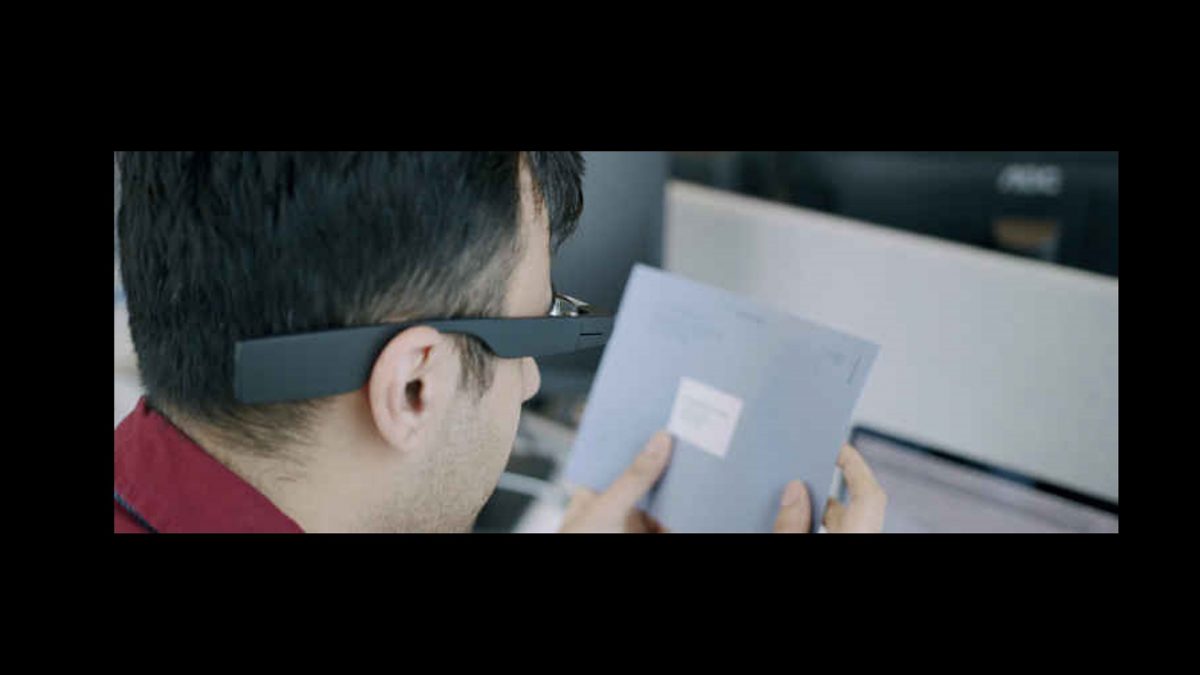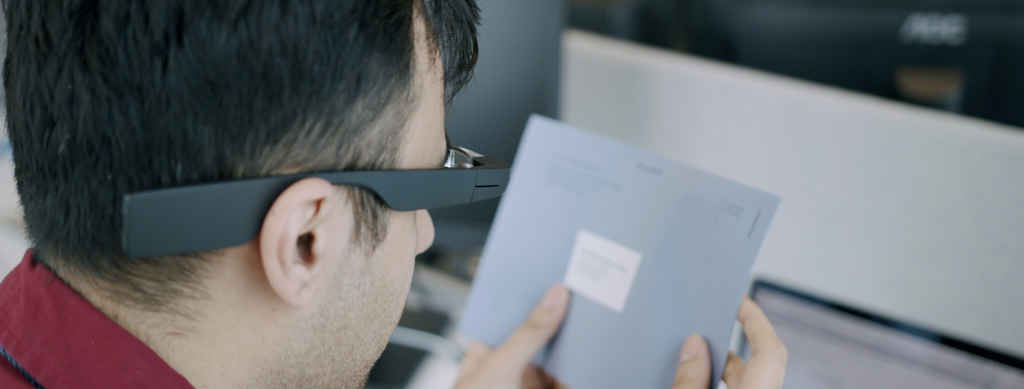AI-Powered Visual Aids: The Next Step in Assistive Technology for the Blind
AI-Powered Visual Aids: The Next Step in Assistive Technology for the Blind
Blog Article
Enhancing Access Via Assistive Innovation for the Blind
The assimilation of assistive technology for the blind represents a critical advancement in access, fundamentally changing how people browse their atmospheres and engage with society. From display viewers to cutting-edge wise walking canes, these tools not just enhance self-reliance yet also promote inclusivity in different balls of life. As we explore the diverse kinds of assistive devices and their substantial impacts on day-to-day living, it comes to be vital to analyze exactly how continuous technical advancements are improving the landscape of assistance for the blind community. What ramifications do these growths hold for the future of ease of access?
Introduction of Assistive Modern Technology
Assistive technology describes a variety of tools and software developed to enhance the capabilities of individuals with impairments, consisting of those that are visually impaired or blind. This innovation plays an important function in advertising independence and improving the lifestyle for customers. By offering alternative approaches for accessing info and executing everyday jobs, assistive modern technology empowers people to navigate their settings better.
The development and execution of assistive innovation accept a range of principles intended at cultivating ease of access. These concepts include user-centered style, which focuses on the demands and preferences of the individual, and the integration of technology right into daily tasks. Such advancements guarantee that assistive devices are not just functional yet simple and also user-friendly to utilize.
Additionally, assistive technology incorporates a diverse spectrum of options, from low-tech options like magnifiers to state-of-the-art innovations such as screen visitors and Braille display screens. The ongoing development of this area is driven by the need to deal with the special obstacles encountered by individuals with aesthetic problems (Wearable technology for low vision). As modern technology proceeds to breakthrough, the possibility for boosting availability and promoting inclusivity remains encouraging, inevitably adding to a much more equitable society

Kinds Of Assistive Gadgets
Various sorts of assistive gadgets are offered to sustain individuals that are aesthetically damaged or blind, each developed to address specific demands and challenges. These tools can be extensively categorized into 3 primary kinds: low-tech, mid-tech, and state-of-the-art remedies.
Low-tech devices include items such as magnifiers, Braille labels, and responsive maps. These are reasonably easy tools that boost the customer's ability to interact with their environment without needing complicated modern technology.
Mid-tech devices usually entail much more innovative functions, such as electronic magnifiers and portable Braille note-takers. These devices can supply capabilities like speech outcome, enabling users to gain access to information much more efficiently.

Impact on Daily Living
The accessibility of numerous assistive tools dramatically enhances the quality of life for individuals that are blind or visually damaged, influencing their everyday living in profound ways. By integrating innovations such as display visitors, Braille shows, and audio summary services into their regimens, users obtain better autonomy and independence. These tools promote accessibility to information, allowing individuals to carry out daily tasks, such as reading e-mails, navigating public areas, and enjoying media content.
In addition, assistive devices encourage people to involve more totally in social communications and neighborhood activities. The capability to make use of smartphones outfitted with ease of access functions enables smooth interaction and link with others. This connection promotes a sense of belonging and reduces feelings of seclusion.
In professional settings, assistive technology supports efficiency by allowing individuals to total work jobs efficiently. Tools like voice acknowledgment software program and specialized zoom gadgets allow individuals to join the labor force on equal footing with their sighted peers.

Advancements in Modern Technology
Recent technological improvements have dramatically transformed the landscape of tools readily available for people who are blind or aesthetically impaired. The assimilation of man-made intelligence (AI) and artificial intelligence has triggered applications that improve navigation and things recognition. As an example, mobile phone apps can now utilize AI to recognize and define environments in real-time, offering users with beneficial contextual info.
Additionally, improvements in haptic innovation have actually caused the growth of smart canes furnished with sensing units that identify barriers and provide tactile comments. This empowers customers to navigate their environment with increased confidence and freedom. Innovations in text-to-speech software application and braille screens have enhanced the availability of electronic web content, permitting for seamless communication with various media.
Wearable modern technologies, such as wise glasses, are also making strides in assisting visual problems. These devices can supply increased reality experiences, superimposing crucial details onto the customer's area of sight. Jointly, these advancements not only boost the top quality of life for people who are blind yet additionally advertise higher addition in culture. As modern technology continues to advance, the potential for even more transformative devices stays imminent.
Future Trends and Innovations
As modern technology quickly advances, the future of assistive devices for individuals who are blind holds immense guarantee. Advancements in expert system (AI) and maker understanding are positioned to transform the method check that blind customers interact with their environments. AI-driven applications are being established to enhance item acknowledgment, allowing customers to identify and browse their environments with better ease and accuracy.
In addition, innovations in haptic feedback modern technology are allowing the development of responsive maps and navigating aids that offer real-time information through touch. These innovations not only boost movement yet additionally foster freedom. In addition, wearable tools furnished with augmented fact (AR) attributes are arising, using customers aesthetic information through audio summaries, thus linking the space in between the electronic and physical globes.
Additionally, the integration of clever home technology provides brand-new chances for access, permitting people to manage their living atmospheres with voice commands or smart device applications. As partnership between tech programmers and the blind neighborhood continues, the concentrate on user-centered layout will certainly ensure that future innovations are tailored to meet the special needs of this populace (Wearable technology for low vision). The trajectory of assistive modern technology guarantees a much more empowering and inclusive future for people who are blind
Verdict
In final thought, assistive technology plays an essential role in improving access for individuals with aesthetic disabilities. Continual advancements in modern technology and user-centered design guarantee that these devices cater properly to the distinct demands of the blind area.
The integration of assistive modern technology for the blind stands for a critical innovation in access, fundamentally altering how people browse their settings and involve with culture.Assistive modern technology refers to a variety of tools and software application designed to boost the capabilities of people sites with specials needs, including those who are blind or visually impaired. Wearable technology for low vision.As innovation rapidly proceeds, the future of assistive tools for individuals who you can try here are blind holds tremendous assurance. The trajectory of assistive innovation promises an extra empowering and comprehensive future for people who are blind
In verdict, assistive technology plays a crucial duty in boosting availability for people with aesthetic disabilities.
Report this page